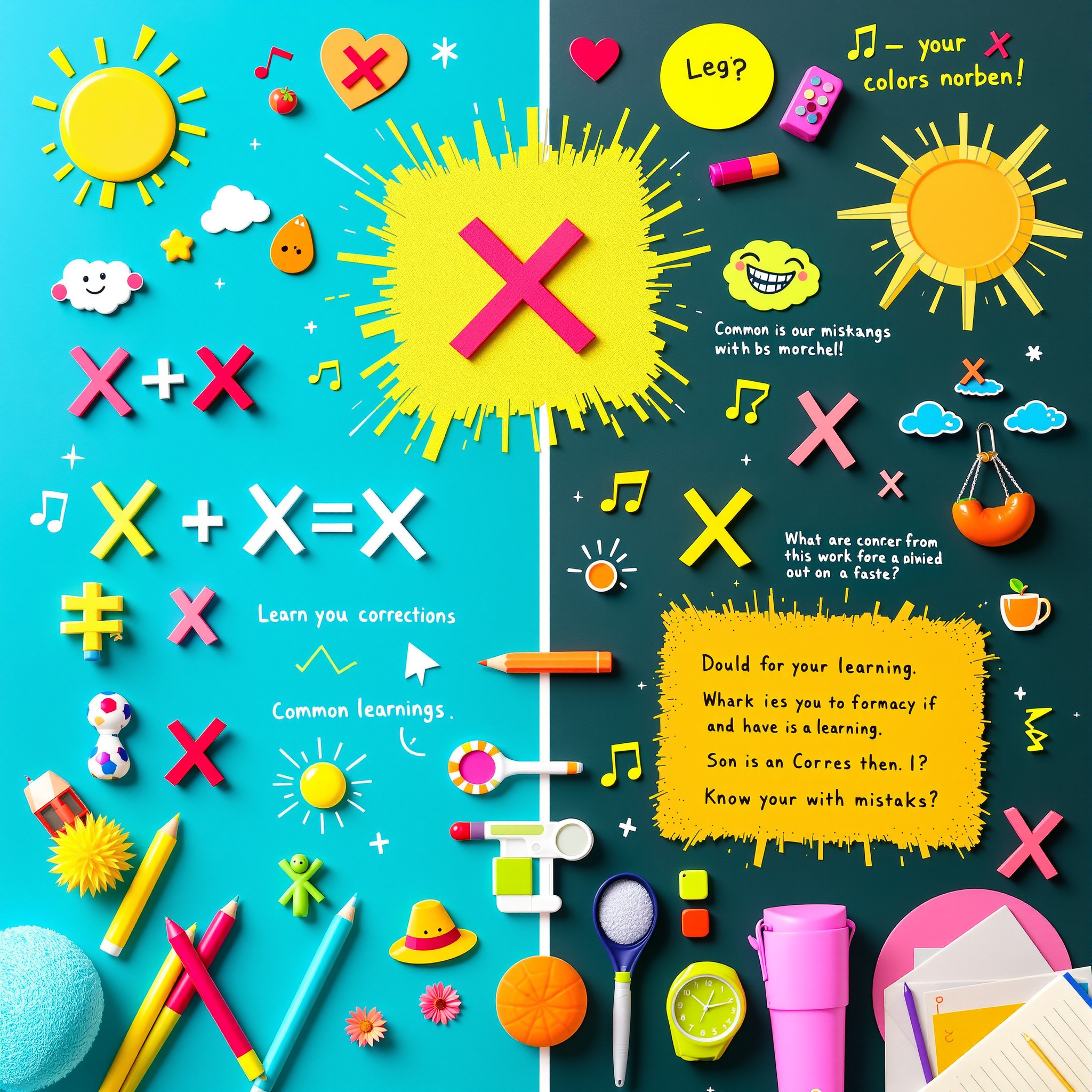Study Habits and Consistency Mistakes
Inconsistent study patterns are the #1 reason why language learners plateau or abandon their goals. Small, regular efforts significantly outperform sporadic intensive sessions.
Mistake: Irregular Study Patterns
Studying 3 hours on Sunday to "make up" for the week, skipping days randomly, or having no set schedule.
- • Set a specific time each day (morning routine works best)
- • Start with 15 minutes minimum - consistency beats duration
- • Use habit stacking: study after existing routines (coffee, lunch)
- • Track streaks visually with calendar marking or apps
- • Have a backup "minimum viable study" for difficult days
Mistake: Unrealistic Expectations
Setting vague goals like "become fluent in 3 months" or expecting to understand movies after basic lessons.
Fear and Perfectionism Pitfalls
The fear of making mistakes paradoxically prevents the very practice needed for improvement. Perfectionism creates anxiety that blocks natural language acquisition processes.
Mistake: Avoiding Speaking Practice
Postponing conversation until "ready," focusing only on reading/listening, or being paralyzed by accent concerns.
- • Start speaking from day 1 - even to yourself
- • Record yourself weekly to track improvement objectively
- • Practice in low-stakes environments (language exchange apps)
- • Remember: natives make mistakes too and still communicate effectively
- • Focus on message clarity over perfect grammar
Mistake: Grammar-First Approach
Spending months on grammar rules before attempting communication, or stopping conversations to self-correct constantly.
Practice and Application Errors
Mistake: Insufficient Native Speaker Contact
Learning only from textbooks and apps without exposure to real accents, natural speech speed, or cultural context.
Passive Exposure:
- • YouTube videos in target language
- • Podcasts during commutes
- • Netflix with native subtitles
- • Social media follows
Active Interaction:
- • Language exchange partnerships
- • Online tutoring sessions
- • Local meetup groups
- • Comment on native content
Mistake: Over-reliance on Translation
Thinking in native language and translating word-for-word, or immediately reaching for Google Translate for every unknown word.
Try to understand meaning from context before translating. Guess, verify, then learn.
Set 30-minute periods where translation tools are off-limits. Think and express directly in target language.
Resource Management and Technology Mistakes
Mistake: Tool Overload and App Hopping
Using 10+ apps simultaneously, constantly switching between methods, or seeking the "perfect" resource instead of practicing consistently.
Optimal Setup (2-4 tools maximum):
- • 1 Core App: Duolingo, Babbel, or Rosetta Stone for structure
- • 1 Conversation Tool: HelloTalk, Tandem, or iTalki for speaking
- • 1 Immersion Source: Netflix, YouTube, or podcasts for authentic input
- • 1 Reference Tool: Dictionary or grammar resource for quick lookups
Mistake: Ignoring Cultural Context
Focusing solely on language mechanics without understanding cultural nuances, social context, or communication styles.
- • Follow social media accounts from target culture
- • Learn about holidays, traditions, and current events
- • Understand formality levels and social hierarchies
- • Practice culturally appropriate communication styles
- • Ask native speakers about cultural context during exchanges
Mistake: Lack of Community Support
Learning in isolation without peers, mentors, or community accountability and encouragement.
Mistake Prevention Checklist
Daily Consistency Over Perfection
15 minutes daily beats 3 hours on weekends
Speak From Day One
Practice output even with limited vocabulary
Balance Structure with Immersion
Combine formal lessons with authentic content exposure
Build Learning Community
Connect with other learners and native speakers for support

